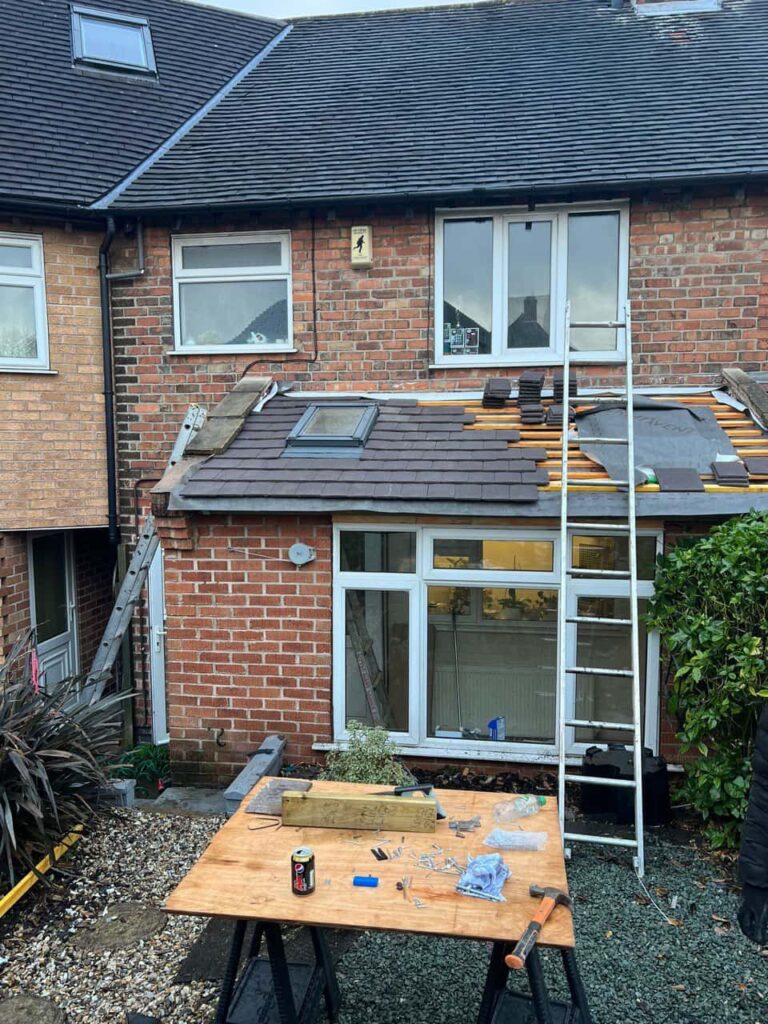Introduction: Proper ventilation is often an overlooked aspect when it comes to maintaining the integrity and longevity of a felt roof. Many homeowners focus solely on the roofing material’s quality and the installation’s skill. Still, ventilation plays a crucial role in ensuring the health and performance of the roof. In this blog post, we’ll explore why proper ventilation is essential for felt roofing systems and how it can benefit homeowners in the long run.
Preserving Roofing Material:
One of the primary reasons why proper ventilation is crucial for felt roofing is to preserve the integrity of the roofing material itself. Felt roofing is susceptible to damage from excessive heat and moisture buildup. Without adequate ventilation, heat can become trapped in the attic or roof space, causing the roofing material to deteriorate prematurely. Proper ventilation helps regulate temperature and moisture levels, reducing the risk of damage and extending the lifespan of the roof.
Preventing Moisture Problems:
Moisture buildup in the attic or roof space can lead to many problems, including mould and mildew growth, wood rot, and structural damage. Proper ventilation allows moisture to escape from the attic, preventing condensation from forming on the underside of the roof deck. This helps maintain a dry and healthy environment, reducing the risk of moisture-related issues and ensuring the longevity of the roof structure.
Improving Energy Efficiency:
Proper ventilation can also contribute to improved energy efficiency in the home. By allowing hot air to escape from the attic during the summer months, ventilation helps reduce the workload on air conditioning systems, resulting in lower energy bills. Additionally, in the winter, ventilation helps prevent ice dam formation by maintaining a consistent temperature on the roof surface, reducing the risk of water infiltration and heat loss.
Enhancing Indoor Comfort:
In addition to preserving the integrity of the roofing material and improving energy efficiency, proper ventilation can also enhance indoor comfort levels. Adequate ventilation helps regulate temperature and humidity levels in the attic, preventing the space from becoming excessively hot or humid. This can create a more comfortable living environment and reduce the need for supplemental heating and cooling.
Compliance with Building Codes:
Proper ventilation is not just a matter of preference; it is often a requirement outlined in building codes and regulations. Building codes typically specify minimum ventilation requirements based on factors such as roof size, attic space, and climate zone. Ensuring compliance with these codes is essential for the safety and structural integrity of the home, as well as for insurance and resale purposes.
Conclusion: Proper ventilation is critical to maintaining a healthy and functional felt roofing system. By regulating temperature and moisture levels, ventilation helps preserve the integrity of the roofing material, prevent moisture problems, improve energy efficiency, enhance indoor comfort, and ensure compliance with building codes. Homeowners considering felt roofing installations or repairs should prioritise proper ventilation to maximise the longevity and performance of their roofs.
Call us on: 0207 123 8598
Click here to find out more about Knightsbridge Roofing Repairs
Click here to complete our contact form and see how we can help with your roofing needs.

